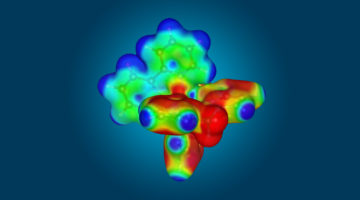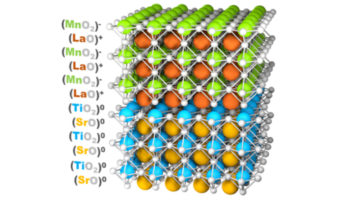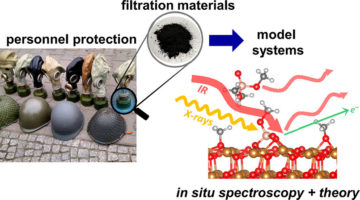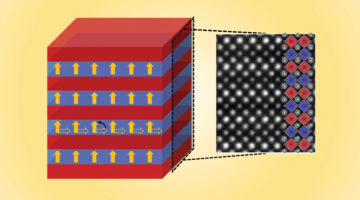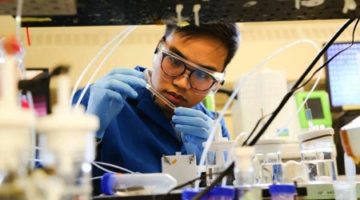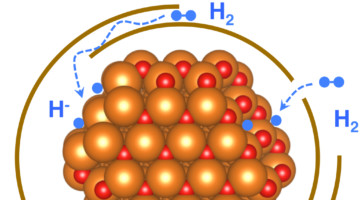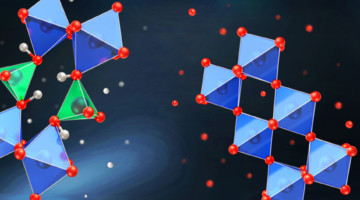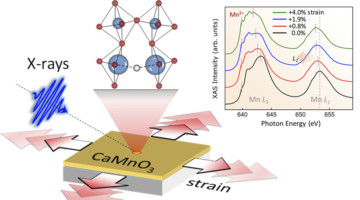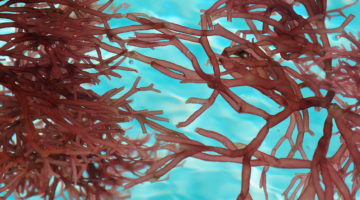Researchers demonstrated, via x-ray absorption spectroscopy, that a molecule’s spin state can be reversibly switched at constant room temperature by magnetism. The results represent a major step toward the goal of programmable, nanoscale molecular electronics for high-speed, low-power, logic and memory applications. Read more »![]()
![]()
ALS Work Using XAS
In x-ray absorption spectroscopy (XAS), the incident x-ray energy is tuned over a range that will excite core-level electrons. Sharp increases in absorption occur at specific energies, characteristic of the absorbing element. The resulting spectra probe the elemental composition as well as the chemical and electronic structure of the material.
Scientists Confirm Century-Old Speculation on the Chemistry of a High-Performance Battery
Scientists have discovered a novel chemical state of the element manganese. This chemical state, first proposed about 90 years ago, enables a high-performance, low-cost sodium-ion battery that could quickly and efficiently store and distribute energy produced by solar panels and wind turbines across the electrical grid. Read more »
Ferromagnetism Emerges to Alleviate Polar Mismatch
A polar mismatch between nonferromagnetic materials drives an electronic reconstruction in which interfacial ferromagnetism is induced. The emergence of such functionality at interfaces could enable new types of electronics for a range of applications, including logic, memory, sensing, and more. Read more »![]()
Studying Gas Mask Filters So People Can Breathe Easier
Scientists have put the x-ray spotlight on composite materials in respirators used by the military, police, and first responders. The results provide reassuring news about the effectiveness of current filters and provide fundamental information that could lead to more advanced gas masks as well as protective gear for civilian applications. Read more »
A New Way to Tune Emergent Magnetism
Perpendicular magnetic anisotropy (PMA)—where magnetic moments in a thin film preferentially point out of the plane of the film—is an emergent phenomenon of both fundamental and technological interest. A combination of x-ray techniques demonstrate how to tune PMA in transition-metal oxide multilayers. Read more »![]()
![]()
New Catalyst Gives Artificial Photosynthesis a Big Boost
Researchers have created a new catalyst that brings them one step closer to artificial photosynthesis — a system that would use renewable energy to convert carbon dioxide (CO2) into stored chemical energy. Read more »
New Study on Graphene-Wrapped Nanocrystals Makes Inroads Toward Next-Gen Fuel Cells
A powdery mix of metal nanocrystals wrapped in single-layer sheets of carbon atoms shows promise for safely storing hydrogen for use with fuel cells for passenger vehicles and other uses. Now, a new study provides insight into the atomic details of the crystals’ ultrathin coating and how it serves as selective shielding while enhancing their performance in hydrogen storage. Read more »
A Multifunctional Material with Electric-Field Control
Three distinct crystalline phases with different electronic, magnetic, and optical properties were reversibly induced in a material through the insertion and extraction of ions by an electric field at room temperature. Such multifunctional materials are desirable for many applications, from smart windows to spintronics. Read more »![]()
![]()
Fine-Tuning Oxygen Vacancies with Coherent Strain
Researchers have demonstrated a novel way to systematically strain-engineer oxygen vacancies in complex transition-metal oxide thin films. The work advances our ability to tailor such defects, small changes in which can lead to dramatic changes in material properties such as conductivity and magnetism. Read more »
A Seaweed Derivative Could Be Just What Lithium-Sulfur Batteries Need
Lithium-sulfur batteries have great potential as a low-cost, high-energy, energy source for both vehicle and grid applications. However, they suffer from significant capacity fading. Now, scientists have found that carrageenan, a seaweed derivative, acts as a stabilizer, allowing for more cycling and an extended lifetime. Read more »
- « Previous Page
- 1
- …
- 5
- 6
- 7
- 8
- 9
- 10
- Next Page »
